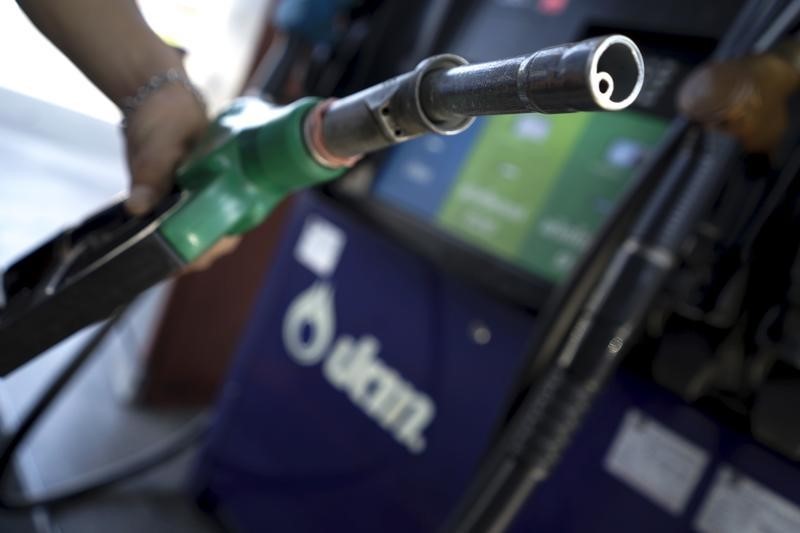By Barani Krishnan
Investing.com - Is the oil rally over for now? It’s too early to tell but crude prices plunged more than 3% Monday in the first big selloff in 10 days in a market some say has increasingly become disconnected from the fundamentals of demand, despite optimism over the economic reopening from Covid-19.
“When the CTAs get ‘very long’, the market will be due for a pullback,” Scott Shelton, energy futures broker at ICAP (LON:NXGN) in Durham, N.C., said as the price slide came after the 300% jump in WTI and 170% rally in Brent from the lows of April.
Reuters’ oil columnist John Kemp made a similar point in his weekend commentary.
“Hedge funds have started to temper their bullishness towards oil after crude futures prices have doubled since late April,” Kemp wrote. “Crude prices are nearing levels expected to see some shale production restart and there are concerns the rally is outrunning the recovery in demand.”
New York-traded WTI was down $1.49, or 3.8%, at $38.06 per barrel by 2:25 PM ET (2:25 GMT). It was the first major slide in WTI since May 28, and comes more than a month after the benchmark for U.S. crude bottomed at just over $10 a barrel on April 28 from the height of the coronavirus-induced selloff.
London-traded Brent, the global benchmark for crude, was down $1.55, or 3.7%, to $40.75. In Brent’s case, it was the biggest one-day slide since May 27.
The rally of the past six weeks was supported by cuts in rigs and well shutdowns in U.S. oil producing patches. Global supply reductions of up to 9.7 million barrels per day targeted by OPEC — and affirmed for another month by the cartel on Saturday — also helped. Adding to the rally was the unexpected hike in U.S. jobs numbers reported last week by the Labor Department for May, despite many businesses remaining closed for the month.
Monday’s correction came as market intelligence firm Genscape reported the drop of 2 million barrels in crude stockpiles at the Cushing, Oklahoma, hub that stores oil delivered against expiring WTI contracts.
But while declines in crude stockpiles and production continued, lackluster demand for gasoline and diesel was becoming too obvious to ignore, said some.
"Diesel is the barometer of economic activity...demand is on the floor,” said Bob McNally at consultancy Rapidan. “Until you see diesel inventories decline, there's going to be a question mark over demand recovery."
The EIA reported that U.S. gasoline inventory rose 2.8 million barrels last week, versus analysts’ forecast for a rise of just about 1 million barrels.
More startling were distillate stockpiles led by diesel. These soared by 9.9 million barrels, compared with expectations for a build of about 2.7 million barrels. Distillate inventories alone have risen by more than 51 million barrels over the past eight weeks.
In contrast to those, U.S. crude production is down nearly 2 million barrels from record highs of 13.1 million barrels per day in mid-March.
And crude inventories as a whole dropped by an unexpected 2.1 million barrels last week. But that decline was also offset by a build of 4 million barrels on the Strategic Petroleum Reserve, which represents emergency crude supplies held by the government.
